The data, pictures and opinions of this article are from IBM, compiled by EnOcean Alliance, please indicate the source.
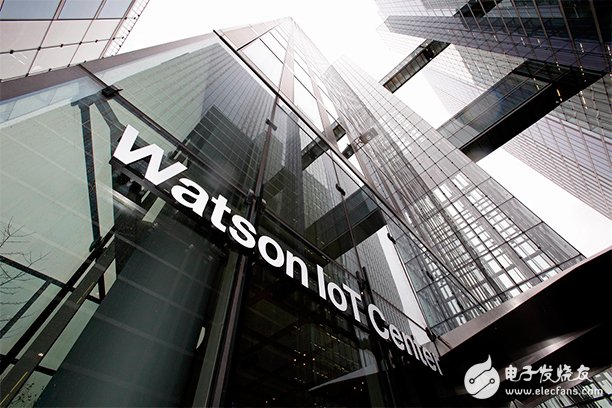
On February 16, 2017, IBM invested $200 million in the construction of the Watson Internet of Things (IoT) headquarters in Munich, Germany.
Video link: https://v.qq.com/x/page/s0377el16up.html
This will be the position that IBM and its partners are leading the way in the development of the Internet of Things (IoT). The IBM Watson IoT headquarters building itself is a model of “perceived architectureâ€.
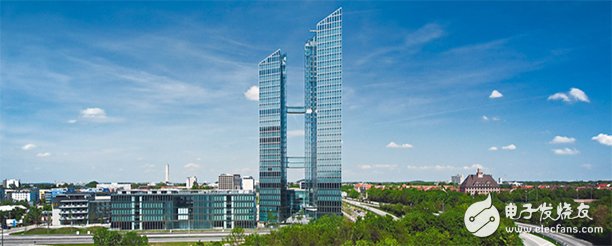
So what is “perceived architecture� What capabilities should the perceived building in IBM's eyes have? Why do we need “perceived architecture�
Ordinary people spend 90% of their time indoors, and the daily operating costs of a building account for 70% of the total cost of their life cycle. However, we have not been as efficient as possible in the use of the building. According to statistics, only 66% of commercial buildings are actually used. In addition, building electricity accounts for 42% of the total electricity consumption in the whole society, but 50% of the electricity is wasted.
Therefore, the building has tremendous potential for change. The operation of the building can be more efficient. The key to this is: data. We need equipment on the IoT platform to collect data, and then analyze and derive insights and optimizations for the building.
New possibilities
The number of Internet of Things (IoT) devices in buildings is rapidly increasing with new demands for flexible operations. CogniTIve Buildings integrates Internet of Things (IoT) devices, learning systems, and user behavior to optimize operations and provide assistance through natural interactive interfaces to free up productivity, improve environmental efficiency, and enable new business models. Improve the happiness of end users.
The new challenge we face is how to take advantage of these new possibilities. IBM believes that the Internet of Things (IoT) and cognitive platforms, as well as artificial intelligence (AI) and cognitive learning, will develop innovative new services that interact with building users, minimizing costs by automating and optimizing building operations, with individuality And perceived customer service to increase end user satisfaction.
The road to “perceived architectureâ€IBM firmly believes that "automated architecture" and "smart buildings" are quickly giving way to "perceived architecture." In the 1980s and 1990s, automated buildings allowed property and facilities management teams to visualize key building indicators through digital dashboards. This helps to understand the general trend and allows for a better assessment of the building's energy report. However, these dashboards are static, historical, and aggregated and do not provide actionable insights. They can tell us which buildings produce the most waste, but they can't tell us why this is happening or what should be done.

Figure 1: Since the 1980s, the penetration of various instruments and equipment has increased, analytical techniques have continued to advance, smarter buildings have become the norm, and the era of perceived architecture has arrived.
As technology matures, the penetration of various instruments and equipment increases, and analytical techniques continue to advance, smarter buildings become the norm. Between 2000 and 2015, specific sensor information can be associated with analysis tools to create actionable insights in the room and at the specified asset level. However, because only the main data points can be analyzed, and few organizations use tools that can analyze large amounts of unstructured data, analytical insights are still at a relatively vague level and are limited to comparison with historical indicators.
IBM believes that the era of perceived architecture has arrived. Perceived building autonomously integrated Internet of Things (IoT) devices, learning systems, and user behavior to optimize operations and have three core competencies:
Provides insights by applying cutting-edge analytics to near real-time data collected by Internet of Things (IoT) devices and instrumentation devices, along with contextual information about application programming interfaces (APIs) such as weather data.
· Learning, reasoning with goals, and the ability to interact with humans through speech and text. Based on weather, occupancy of the room, and history, the building can learn to summarize the normal operating mode, identify and diagnose anomaly patterns today, and provide advice for managers, robots, or systems to take action. This recommendation will be added to the knowledge base and its effectiveness will be used to further improve future action recommendations.
· The ability to take measures and implement changes in the building, subject to human intervention and regulation, within agreed boundaries and mandates.
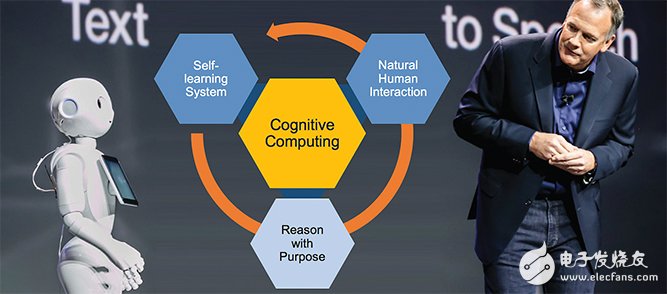
Figure 2: Perceived buildings can autonomously integrate Internet of Things (IoT) devices, learning systems, and user behavior.
Perceive the final state of the buildingIn the age of perception, buildings are aware of their own and end-user status, facilitating writing between different building systems, such as “visitor documents†printing, smart fingering, and the ability to work with third parties within a specified range. Interact and achieve preset results.
The final state is that perceived buildings can be aware of their energy performance and direct user comfort levels at each desktop level. Buildings can adjust the temperature of different areas accordingly while sharing energy resources with other nearby buildings. They will provide active services to users through short messages (SMS), such as renting fans, providing ice cream and cold drinks to specific rooms without air conditioning.
Perceived buildings are able to balance peak energy and estimates of energy demand based on energy supply to achieve overall energy consumption goals. Energy transactions with energy suppliers will also be conducted as necessary to ensure an overall balance of the grid.
Building users will be able to interact with the building via SMS (SMS) and receive value-added services such as notifications and reminders from the building based on experience and current environment. For example, a customer who has booked a room may receive an SMS message asking “Do you need to provide refreshments on arrival?†Robots and drones will increasingly follow up and perform those that do not require manual intervention. Task.
While some of these examples seem to be a long time away from us, some are now possible - fast actors and early adopters are actively practicing. IBM is also working with customers and ecosystem partners to create solutions that will improve the experience of working places for building users. IBM's cognitive solutions provide data-driven insights to the hotel's concierge desk or online customer support to improve customer service. Cognitive solutions use voice, text, and robots to perform everyday tasks that humans have undertaken, freeing up productivity and completing more value-added, customer-centric tasks.
The insights that cognitive technology brings, both in terms of effectiveness and efficiency, are changing today's operations. IBM has worked with a facility management service provider to change service providers' requirements for Service Level Agreements (SLAs) in an important contract. By analyzing service records and modeling different scenarios, IBM is able to come up with reasonable, straightforward change recommendations to help the service provider meet all the requirements of SLAs. The analysis also shows that the service provider can achieve the goal by using 30% less staff.
Make buildings aware and reactIn the cognitive era, Internet of Things (IoT) and cognitive solutions capture data from the day-to-day operations of buildings to achieve new levels of building automation, effectively helping buildings “think,†respond, and learn. The most common applications include:
· Predictive Maintenance – Analyze and enrich data transmitted from connected assets such as boilers, pumps, coolers, and elevators to identify anomalies, such as equipment operating beyond normal parameters. Establish business rules, identify potential failure modes, and automatically initiate corrective actions onsite or remotely. The results of the intervention increase the accuracy of predictions and resolutions of future events.
· Productivity and Health – The Internet of Things (IoT) sensor in the building monitors human flow, temperature, CO2 concentration, and room occupancy, and can relocate personnel and adjust resources as needed, such as heating and cooling systems. IoT sensors (including EnOcean devices), wearable device data and sentiment data, combined with weather information, and partner data, are used to monitor and promote an efficient, employee-friendly work environment. Real-time monitoring, visualization, and analytics can determine the next best action, trade-off, and trigger intervention for a person or machine.
· Environmental Sustainability – The illuminance sensor maximizes the contribution of natural light to the building by reducing artificial lighting on sunny days and adding artificial lighting when natural light is insufficient. Automated blinds use these sensors to avoid overheating or excessive light and to decide when to deactivate to maximize natural light and the natural “free heatingâ€.
· Next Best Action – The sensor records the arrival and departure of the service technician and links this directly to the service bill. Mobile devices and workforce optimization solutions adapt to the technician's behavioral patterns in real time, optimizing the available resources by calculating the next best action, such as leaving the maintenance work in the on-site execution plan after the technician completes the repair work, without the need for technology The people rushed back and forth. This can significantly increase productivity and customer responsiveness.
· People Traffic – The Beacon network empowers the Smart Guide APP to let people understand the flow of people and where they go, improving the user experience and increasing the writing between teams to produce better results. Cognitive analysis techniques can filter all of this information, summarize and understand user behavior, provide context-based insights to improve operational effectiveness, responsiveness and flexibility, provide end-user satisfaction, and provide new services to generate New income.
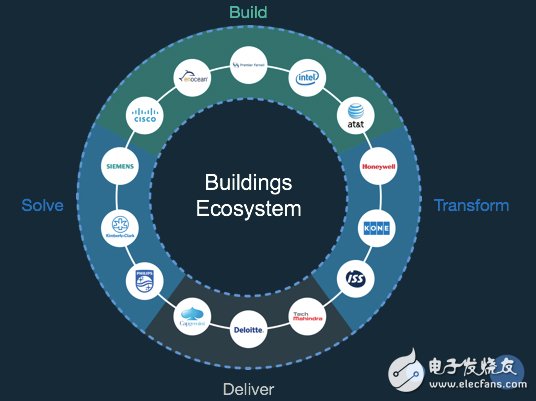
Figure 3: IBM's partner in the field of perceived architecture
EnOcean energy harvesting: powering massive data nodesThe construction of the Internet of Things (IoT) is inseparable from the hundreds of millions of sensor nodes. How to power the operation and data transmission of massive nodes is the challenge that the Internet of Things (IoT) is facing. How to manage battery life? How do I replace the battery for a device that is installed in an inaccessible zone? How to dispose of used batteries?
EnOcean energy harvesting wireless technology is undoubtedly the best solution. EnOcean sensors and switches require no wiring or batteries, and their normal operation is supplied by the energy collected in the surrounding environment, including: mechanical energy, light energy, and temperature difference energy. This battery-free, fast-installing, position-sensitive sensor is ideal for many Internet of Things (IoT) applications.
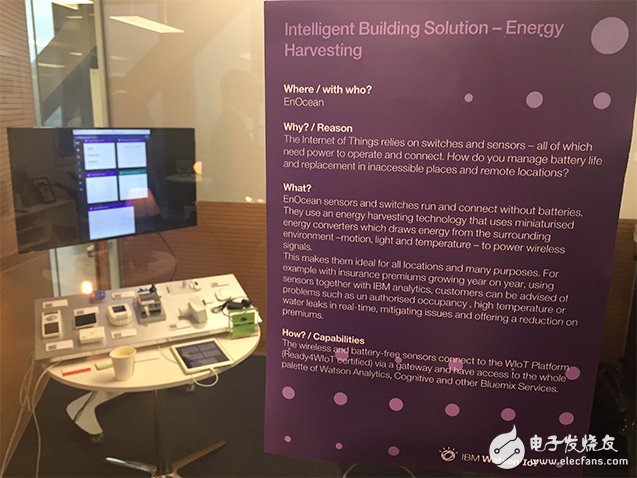
Figure 4: EnOcean's product demonstration on the opening day of IBM Watson IoT headquarters
With the success of EnOcean wireless technology and easy-to-install battery-free sensors, the EnOcean Alliance has become an advocate and large implementer of perceived buildings, and has opened up large-scale applications, deploying thousands of data in new building and building renovations. The nodes realize the monitoring and control from the whole environment of the building to the various levels of the single workbench, ensuring the stability and comfort of the operation.
At the end of 2016, IBM joined the EnOcean Alliance at the “Initiator†level (the EnOcean Alliance and IBM worked together as an IoT standardized intelligent building solution) to jointly advance the development of perceived buildings.
Ready for the arrival of the "perceived architecture" eraFrom IBM's experience, in order to unlock potential and benefit from the perceived possibilities of building and the Internet of Things (IoT), companies and organizations should:
· Understand the possibilities and limitations of cognitive technology
· Create a roadmap for “how†and “when†with these features
· Prepare "prerequisites"
· Adjust operations, delivery models and ecosystems
· Realignment of the workforce strategy
· Alliance with partners to benefit from new cognitive tools
Businesses and institutions are at different stages in their journey to the cognitive era. Early adopters already had digital processes, instrumented buildings and assets, and learned from pioneers in the cognitive field how to make operations more efficient, responsive, and more agile.
Three “prerequisites†for perceived buildingIn IBM's view, to benefit from a perceived building, there are usually three prerequisites:
First, most early adopters deploy an integrated workplace management platform that provides standardized workflow and process control. Such a platform helps eliminate traditional organizational silos and provides a single source of primary data for all functions, including external service providers and customers. This type of platform is also an important backbone for access to the cognitive and Internet of Things (IoT) platform, ensuring that the insights generated by smart buildings can be captured and act accordingly.
Second, in the age of perceived architecture, early adopters responded to technological development challenges by making decisions or purchasing decisions. Early adopters can build their own cognitive platforms that combine best-in-class components including Internet of Things (IoT), cognitive solutions, cloud computing, edge analysis, and advanced analytics. Alternatively, early adopters can work with Internet of Things (IoT) and cognitive platform providers who can provide a consumption-based operating expense model as a cloud service.
Third, early adopters provided colleagues and collaborators with the skills and abilities to help them benefit from a perceived building solution. Mobile devices, applications, and workforce optimization solutions adapt to colleagues/collaborators' dashboards, workflows, and habits in real-time to make predictions of the next best action based on trade-off simulations to achieve optimal use of resources. In addition, interaction with robots, whether physical or software-level, is a source of added value and a part of everyday life. Early adopters will ensure that colleagues/collaborators are empowered with the above solutions and embrace the new possibilities that these solutions bring to achieve the ultimate benefits of productivity and customer service.
About IBMFor more information about IBM Watson IoT, please visit.
© Copyright IBM CorporaTIon 2016.
About the EnOcean AllianceThe EnOcean Alliance is a leading company in the world's leading construction industry, dedicated to the development of passive wireless intelligent building control systems and smart home systems. The EnOcean Alliance provides innovative automation solutions to save energy, increase flexibility and reduce costs. The core technology of the EnOcean Alliance is energy harvesting wireless sensing technology, an innovative technology that requires no maintenance and is extremely flexible. The EnOcean Alliance's mission is to standardize and internationalize this technology while ensuring compatibility between original equipment manufacturer products. It is based on the international wireless standard ISO/IEC 14543-3-1X for ultra-low power energy harvesting wireless solutions. Currently, the EnOcean Alliance has more than 400 members worldwide. The EnOcean Alliance is a non-profit organization headquartered in San Ramon, California.
waterproof ac adapter,waterproof 12v dc power supply,water clarifier power adapter,Waterproof power supply
FOSHAN SHUNDE KELICHENG POWER SUPPLY TECHNOLGY. CO,LTD , https://www.kelicpower.com